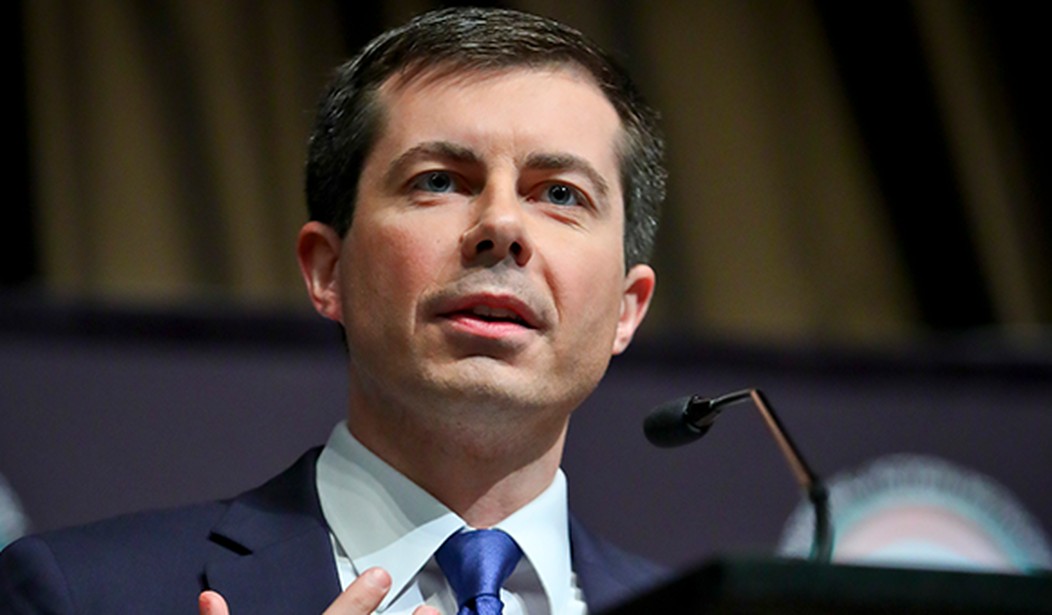Editor's note: This column was co-authored by Oliver McPherson-Smith.
There is no denying that rural America needs better access to broadband in order to thrive in the 21st century. But plans unveiled by Senator Elizabeth Warren and Mayor Pete Buttigieg risk wasting billions of taxpayer dollars on ill-suited technology.
Providing strong internet connection to rural areas has been no easy task. The availability of fixed terrestrial broadband with download speeds of at least 25 megabits per second (Mbps) reaches about 74% of rural Americans and 68% in Indian Tribal areas. Wireless downstream speeds of at least 5 Mpbs are available to 99% and 97%, respectively. Still, a reliable and affordable internet connection is the backbone of countless service industries, and its absence puts an economic strangle-hold on rural communities.
Unsurprisingly, the topic has become a campaign issue for 2020 Democratic party candidates. South Bend Mayor Pete Buttigieg has pledged $80 billion to create a public broadband provider for areas where there are few or no private companies offering service.
Similarly, Senator Elizabeth Warren (D-Ma) wants to create an Office of Broadband Access to distribute $85 billion in federal grants for high-speed public broadband in underserved areas. City governments would also gain control of utility poles and conduits under the plan.
The problem with these proposals is that they both rely on constructing endless miles of fiber cables across farmland and forests—with bureaucrats at the helm.
History is clear that grants for broadband deployment have a checkered scorecard for success. As the University of Florida’s Professor Mark Jamison highlights, broadband grant programs run by the Departments of Agriculture and Commerce under the Obama administration achieved only 10% of what it promised.
Recommended
Moreover, creating a government-owned broadband provider in markets with only one private competitor, for instance, would mean the end of private investment in rural communities and the dependence on government services. The historical record of government-owned broadband points to example after example of financial losses, high prices, and cross-subsidies.
Granting bureaucrats control of utility poles and conduits would also open the door to prolific rent-seeking. By charging private providers inflated fees, city governments are able to simultaneously line the public coffers while driving up costs for consumers.
Expanding the size and scope of government under the Warren and Buttigieg plans risks incentivizing the construction of expensive and inappropriate infrastructure. This, in turn, could derail the strides the industry has already made to bring broadband to rural areas.
Mayor Buttigieg’s plan is the perfect example of this. While the Mayor pledges to support the expansion of commercial satellites, countless billions of dollars will be wasted in pursuing the conventional expansion of rural fiber networks at the same time.
Between 2016 and 2017, the number of rural Americans without broadband dropped by 18%—an achievement that was replicated in previous years. Rather than pumping the brakes, this trend should be bolstered by greater investment and innovation in the private sector.
Providers like HughesNet already offer broadband-speed satellite internet to every inch of the 50 states and Puerto Rico. Increased competition among satellite providers is increasingly pushing them to provide better service at a lower cost to consumers in rural areas. Following SpaceX’s lead, Amazon is hoping to launch over 3,000 satellites to provide broadband almost anywhere on earth.
There is also the potential for other wireless competitors. Microsoft has proposed using TV white spaces to offer low-cost broadband services in rural markets. Furthermore, the FCC’s recent approval of the T-Mobile/Sprint merger comes with promises to build out 5G services into rural markets, which puts pressure on other major wireless providers to follow suit.
Rather than spending billions of dollars to run cables across the American interior, government should allow the private sector and its cutting-edge technology to provide better broadband for rural America.
Steve Pociask and Oliver McPherson-Smith work on economic policy at the American Consumer Institute, a non-profit educational and research organization. For more information about the Institute, visit www.TheAmericanConsumer.Org or follow us on Twitter @ConsumerPal.

























Join the conversation as a VIP Member